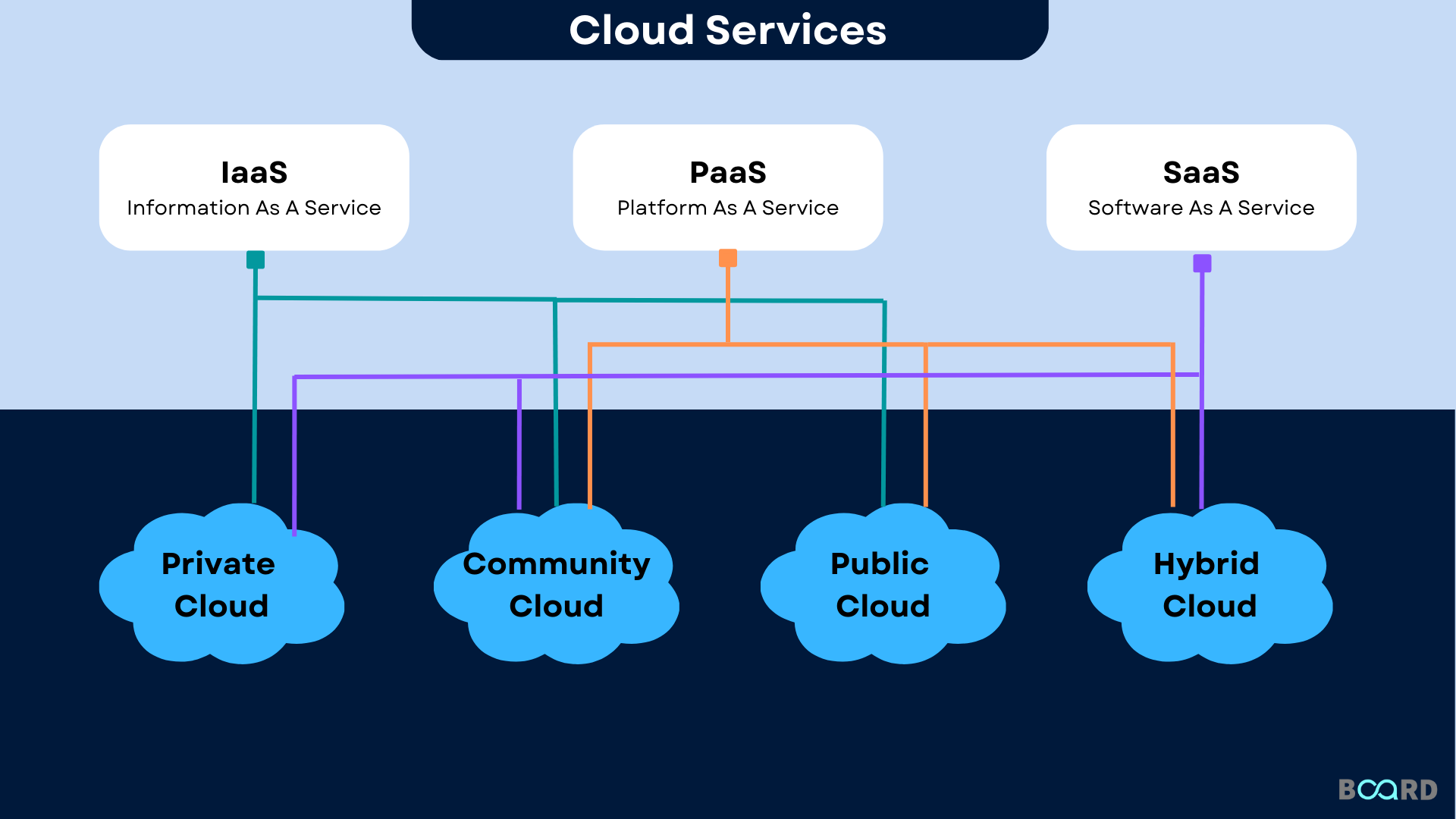Simplify Your Facilities With Cloud Services
As companies navigate the ever-evolving landscape of technology and information management, the function of cloud services in streamlining framework has actually become increasingly prominent. How can services effectively browse this transition and really open the potential of cloud solutions for streamlining their framework?
Advantages of Cloud Provider
Cloud solutions supply a structured approach to handling IT framework, giving businesses with scalability, versatility, and cost-efficiency. Among the key advantages of cloud solutions is the scalability they supply. Services can quickly scale their sources up or down based on demand, guaranteeing they only spend for what they make use of. This flexibility is particularly helpful for services with varying requirements or those experiencing growth.
In addition, cloud solutions get rid of the need for services to invest in costly software and hardware. This cost-efficiency is a considerable advantage, especially for small to medium-sized business aiming to lessen upfront prices. By utilizing cloud services, services can access high-grade IT sources without the substantial rate tag associated with typical facilities setups.
Additionally, cloud solutions supply companies with the adaptability to access their data and applications from anywhere with an internet link. This level of availability improves cooperation amongst teams, enables remote work, and raises general efficiency. The flexibility supplied by cloud solutions encourages businesses to adjust quickly to transforming market problems and consumer needs.
Cost Financial Savings and Scalability
Along with the operational benefits highlighted previously, the integration of cloud services right into a business's facilities produces substantial cost savings and improved scalability. Cloud services use a pay-as-you-go model, permitting services to range resources up or down based upon present requirements, consequently preventing the prices linked with maintaining excess capacity. This flexibility makes it possible for companies to adjust swiftly to fluctuating needs without sustaining unneeded expenses.
Additionally, cloud services remove the need for upfront financial investments in software and hardware, reducing resources expenditures. Operating costs are additionally reduced as firms no much longer require to manage and keep physical servers, leading to reduced energy usage and IT staffing costs. Additionally, cloud solutions give automated updates and maintenance, making sure that the facilities stays up-to-date and safe and secure without requiring manual treatments.
Improved Protection Actions
Applying stringent safety measures is extremely important when integrating cloud solutions into a firm's facilities to guard delicate information and guarantee compliance with market policies. Cloud solution suppliers provide boosted safety and security features such as information file encryption, firewall software defense, and multi-factor authentication to alleviate cybersecurity risks.
Additionally, routine security audits and conformity analyses aid recognize susceptabilities and make certain adherence to sector criteria. Firms can likewise take advantage of features like automated security updates and real-time threat monitoring provided by cloud company. By prioritizing security actions and remaining positive in addressing prospective threats, businesses can confidently utilize cloud solutions while securing their beneficial information from unapproved gain access to or violations.
Transitioning to Cloud Framework
To efficiently integrate cloud services right into a company's framework, a structured approach that deals with the shift towards cloud-based services is important. Transitioning to cloud facilities involves careful preparation and implementation to make certain a smooth movement process. The initial action is to analyze the existing infrastructure and figure out which systems and applications are suitable for migration to the cloud. This assessment should think about elements more info here such as information sensitivity, compliance requirements, and efficiency requirements.
As soon as the analysis is total, a migration strategy need to be created. This method ought to lay out the timeline, resources, and responsibilities for relocating each element to the cloud. It is important to communicate this strategy clearly to all stakeholders to ensure alignment and lessen disruptions during the change.
Throughout the movement testing, monitoring and process are important to recognize and attend to any kind of issues without delay. Normal checkpoints ought to be developed to track progression and make check my source required changes. In addition, training for workers on utilizing cloud services ought to be provided to guarantee a successful transition and maximize the advantages of the new infrastructure.
Best Practices for Cloud Fostering
Successful adoption of cloud solutions rests on the calculated alignment of business purposes with technical capabilities and business preparedness. To make certain a smooth shift to the cloud, companies ought to begin by carrying out a detailed assessment of their present framework and recognizing which work are best suited for cloud movement. It is crucial to entail crucial stakeholders from different departments in the decision-making procedure to obtain buy-in and attend to any problems at an early stage.
An additional best method for cloud fostering is to focus on safety and compliance. Organizations has to very carefully assess the security measures offered by cloud provider and guarantee that their data is safeguarded according to sector requirements and governing requirements. Applying robust data file encryption, gain access to controls, and normal security audits can help reduce dangers linked with cloud fostering.

Final Thought

As services browse the ever-evolving landscape of innovation and data monitoring, the role of cloud solutions in streamlining facilities has actually ended up being increasingly noticeable - linkdaddy cloud services. Exactly how can companies properly navigate this transition and genuinely open Look At This the possibility of cloud solutions for streamlining their framework?
Cloud solutions use a streamlined technique to managing IT framework, giving companies with flexibility, cost-efficiency, and scalability. By utilizing cloud services, companies can access top quality IT resources without the significant cost tag connected with standard facilities arrangements.
To make certain a smooth change to the cloud, companies need to begin by performing a thorough assessment of their existing framework and recognizing which work are best matched for cloud movement.